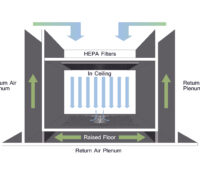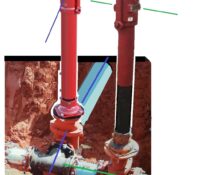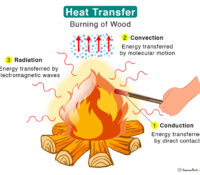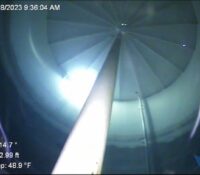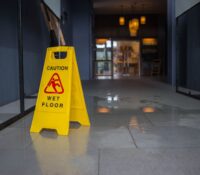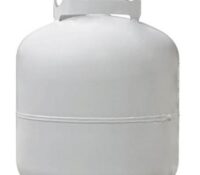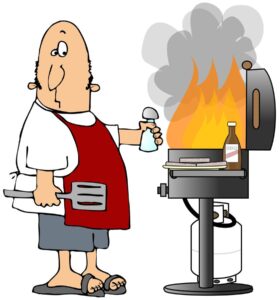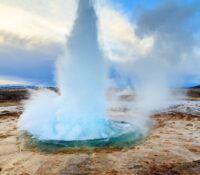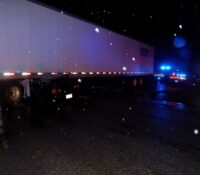Materials in HVAC Plenums
What materials are suitable for installation in Heating, Ventilation, and Air Conditioning (HVAC) plenums? Let’s first define a plenum. The 2021 edition of the International Mechanical Code (IMC), a subset of the International Building Code (IBC), defines a plenum as “an enclosed portion of a building structure, other than the occupied space being conditioned, that is designed to allow air movement, and thereby serve as a part of an air distribution system.” Read More


